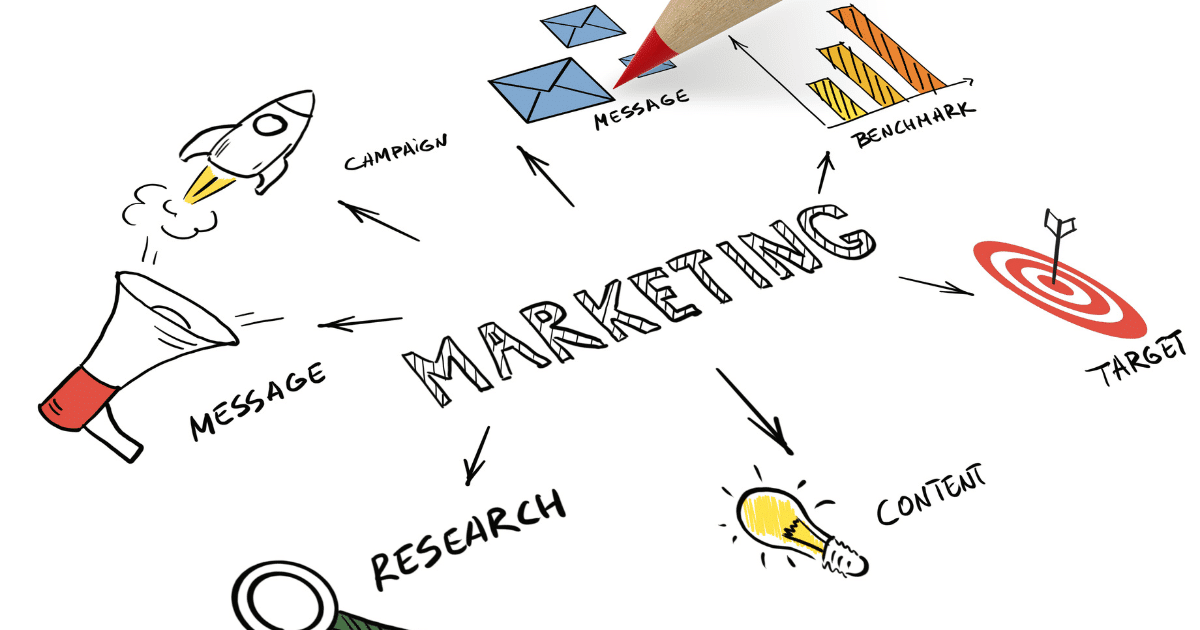In the intricate dance of digital marketing, web design and content marketing are two inseparable partners, each playing a crucial role in attracting, engaging, and converting website visitors.
While content serves as the heart and soul of a website, providing valuable information and establishing thought leadership, web design acts as the alluring exterior, drawing visitors in and ensuring they have a seamless and enjoyable experience.
In this article, we’ll delve into the symbiotic relationship between web design and content marketing. We will explore how each element complements and enhances the other to create a cohesive and effective digital presence.
Designing for user experience optimization
To maximize the effectiveness of content marketing strategies, it is crucial to prioritize designing for user experience optimization.
A well-designed website not only attracts visitors but also ensures that they have a smooth and intuitive browsing experience.
Web designers can create a user-centric interface that encourages engagement and conversions by considering intuitive navigation, clear calls-to-action, and responsive design.
Furthermore, optimizing loading speeds and mobile responsiveness can significantly impact user satisfaction, as visitors expect fast and seamless interactions across various devices.
SEO elements into the design
In addition to user experience optimization, integrating SEO elements into web design is essential for a successful content marketing strategy.
By incorporating SEO best practices into the design process, websites can improve their visibility in search engine results and attract organic traffic. For instance, incorporating relevant keywords into page titles, headings, and meta descriptions can help search engines understand the content and rank it accordingly.
Similarly, optimizing images with descriptive alt tags and creating a logical site structure with clean URLs can enhance crawling and indexing by search engines.
SEO Design Tips
- Use relevant keywords in page titles and headings.
- Optimize image file names and alt text.
- Include meta descriptions for each page.
- Utilize internal links to improve site navigation.
- Mobile responsiveness is essential for search rankings.
- Use descriptive and compelling URLs for each page.

How web design impacts content marketing?
Navigation for better engagement
Ensuring a streamlined navigation system is crucial for enhancing user engagement on a website and optimizing content marketing efforts.
A user-friendly and intuitive navigation structure allows visitors to easily find the information they seek, reducing frustration and increasing their time spent on the site.
Visitors can navigate effortlessly by organizing content into logical categories and incorporating clear menu labels, improving user satisfaction.
Navigation Tips
- Simple menu options
- Consistent layout and design
- Minimal use of drop-down menus
- Clear and concise labelling
- Easy-to-use search function
- Intuitive navigation flow
Visual hierarchy for effective messaging
Visual hierarchy is pivotal in conveying effective messaging on a website and significantly influences content marketing success.
By strategically utilizing size, colour, and placement, designers can guide the viewer’s attention and prioritize key information.
A well-executed visual hierarchy lets users quickly understand the content hierarchy, ensuring that the most important messages are easily seen and absorbed.
By employing techniques such as contrasting colours, bold typography, and strategic placement of visuals, designers can create a visually appealing and engaging experience for users.
A clear and intuitive visual hierarchy not only enhances a website’s overall aesthetics but also maximizes the impact of the messaging, ultimately contributing to the success of content marketing efforts.
Visual Hierarchy Strategies
- Use of contrasting colours to highlight important information
- Utilizing size and font variations for emphasis
- Incorporating strategic placement of graphics and images
- Consistent use of headings and subheadings for organization
- Implementing bullet points and numbered lists for easy scanning
- Utilizing white space to reduce clutter and draw attention to key elements.

How web design impacts content marketing?
Improve brand credibility through design.
An effective web design plays a crucial role in enhancing brand credibility. Through thoughtful design choices, a brand can establish a visual identity that resonates with its target audience and conveys professionalism, trustworthiness, and expertise.
Consistency in design elements such as colours, typography, and imagery helps to create a cohesive and recognizable brand image, building familiarity and trust among consumers.
Conclusion
Ultimately, web design plays a crucial role in the success of content marketing. It creates a strong first impression, draws in readers, and keeps them engaged with the content. A well-designed website can also improve search engine rankings, making it easier for potential customers to find and engage with your content.
Therefore, businesses must invest in professional and user-friendly web design to enhance their content marketing efforts and drive business growth. By understanding the impact of web design on content marketing, businesses can create a strong online presence and effectively communicate their message to their target audience.
FAQ
How does web design impact the effectiveness of content marketing strategies?
Web design plays a crucial role in the effectiveness of content marketing strategies. A well-designed website enhances the user experience, making it easier for visitors to navigate and consume the content. It ensures that the content is presented in an appealing and organized manner, which helps to capture and retain the audience’s attention.
What key elements of web design can enhance content marketing efforts?
Some key elements of web design that can enhance content marketing efforts include a visually appealing and user-friendly layout, responsive design for mobile optimization, strategic placement of call-to-action buttons and forms, easy navigation and search functionality, optimized loading speed, integration of social sharing buttons, and the use of high-quality imagery and multimedia elements to enhance the overall user experience.
How does the usability and navigation of a website affect content consumption and engagement?
The usability and navigation of a website play a crucial role in content consumption and engagement. A well-designed website with intuitive navigation lets users easily find and access the desired content. Clear and organized menus, search functions, and navigation bars enable users to navigate the site without confusion or frustration.
How can web design influence the conversion rate of content marketing campaigns?
Web design can greatly influence the conversion rate of content marketing campaigns through various means. Firstly, an intuitive and user-friendly design can enhance the overall user experience, making it easier for visitors to navigate and engage with the content.
How can a well-designed website improve user experience and encourage repeat visits and customer loyalty?
A well-designed website can improve the user experience by creating an intuitive and visually appealing interface. This makes it easier for users to navigate and find the information or products they seek. A seamless user experience increases satisfaction, encouraging repeat visits and customer loyalty.






